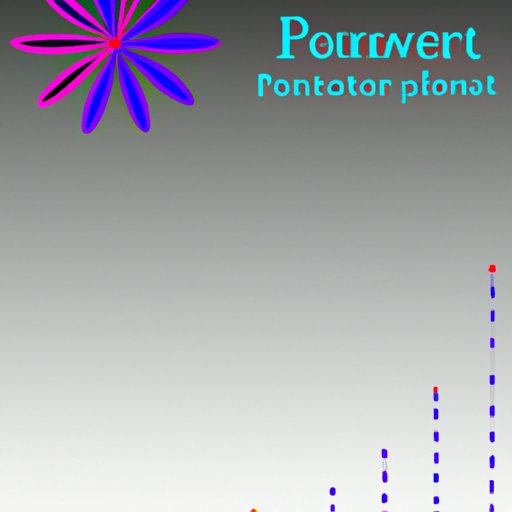
Introduction
Have you ever sat through a long PowerPoint presentation, watching the same slides go by again and again? This is a common problem for presenters who struggle to keep their audience engaged throughout the entire presentation. However, looping your PowerPoint presentation can be a great solution to this problem. Looping allows the presentation to continuously repeat, providing an opportunity to engage the audience over and over again.
In this article, we will explore how to loop a PowerPoint presentation and various techniques you can use to keep your audience engaged throughout the entire presentation.
A step-by-step guide to looping your PowerPoint presentation
One of the easiest ways to loop your PowerPoint presentation is to use the built-in settings in Microsoft PowerPoint. Here is a step-by-step guide to help you loop your presentation:
1. Open the PowerPoint presentation that you want to loop.
2. Click on the “Slide Show” tab, located in the top navigation bar of the PowerPoint window.
3. Click on the “Set Up Slide Show” button, located on the right-hand side of the PowerPoint ribbon.
4. In the “Set Up Show” dialog box, select the “Loop continuously until ‘Esc'” option located under “Show Type.”
5. Click “OK” to apply your changes.
By following these steps, your PowerPoint presentation will automatically start over again once it comes to the end, keeping your audience engaged with the content you have prepared.
However, it is important to note that you should adjust the timing of slides and add transitions to make the loop more professional and engaging. You can do this by clicking on the “Transitions” tab and selecting the desired timing and transitions for each slide.
Engaging your audience: Creative ways to loop your PowerPoint presentation
Even with looping set up, simply repeating your slides may not always be enough to keep your audience fully engaged throughout the entire presentation. To keep them invested, consider adding visual elements such as pictures, video clips, and graphs. Including visuals in your presentation increases engagement as people are more likely to remember what they see than what they hear.
Another approach to adding interactivity to your presentation is to include interactive elements such as polls, quizzes, and games. These tools can help keep your audience attentive and engaged. For instance, you can create multiple-choice questions or true-and-false questions using PowerPoint’s built-in quiz tool. Games such as Jeopardy and Wheel of Fortune can also be created using this tool to add both engagement and fun to your presentation.
Breaking longer presentations into shorter, concise segments is another useful technique to keep your audience engaged to maintain their attention throughout. You don’t want to overload your audience with too much information or too long a presentation all at once.
The benefits of looping your PowerPoint presentation
Looping your presentation has numerous benefits. Firstly, it allows you to reinforce critical information to your audience by presenting it various times so that they can retain and remember what you talked about. Secondly, looping your presentation can also be particularly useful when you have a large audience and want to ensure everyone receives the complete message, even latecomers.
The approach of looping your PowerPoint presentation provides a better experience for your audience, and helps them retain the information presented to them more effectively.
Alternatives to traditional looping techniques in PowerPoint
While the traditional way of looping your PowerPoint presentation can be highly effective, several alternatives can enhance the overall user experience. Third-party plugins or software like Prezi, Canva, Haiku Deck etc., can help you to create more impactful presentations.
Another option is using more interactive elements like quizzes or games to increase engagement. These interactive elements provide your audience with an immersive experience, allowing them to engage with the content presented to them actively. Finally, to reap the benefits of these alternatives, it would be wise to practice and experiment with them before a presentation to ensure that everything runs smoothly.
Common mistakes to avoid when looping your PowerPoint presentation
Looping your PowerPoint presentation is an easy and effective way to engage and captivate your audience. However, avoid these simple mistakes when looping your PowerPoint presentation:
1. Not testing your presentation before delivery can lead to technical errors such as unexpected transitions or timing issues.
2. Failure to consult templates or online resources. Utilising templates and other resources will help you with your design, this will assist you in having a professional-looking, aesthetically-pleasing presentation.
Conclusion
Looping your PowerPoint presentation is an effective technique for keeping your audience engaged and retaining the information presented to them. Using visual elements, interactive elements, and breaking up presentation into shorter segments all improve engagement for your audience. As you prepare your presentations in the future, remember to follow these tips and practice using alternatives to traditional looping techniques. By doing this, you can keep your audience engaged and ensure the success of your presentations.




